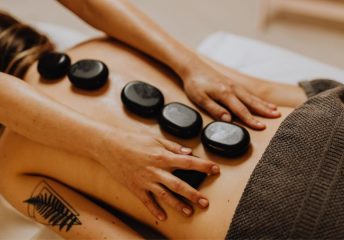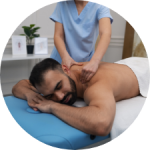Choosing the right foot orthotic involves several key factors. in the rest of this article, you will learn How to Choose a Right Foot Orthotics For Yourself.
How to Choose a Right Foot Orthotics For Yourself?
![How to Choose a Right Foot Orthotics For Yourself? [Full Guide]](https://synergyhealthgroup.ca/wp-content/uploads/2024/09/content-library-custom-orthotics.jpg)
1. Assess Your Needs
Identify the problem: Determine the specific foot condition you’re experiencing (e.g., plantar fasciitis, flat feet, overpronation).
Consider your activities: Think about your lifestyle and the demands placed on your feet (e.g., walking, running, standing for long periods).
2. Consult a Professional
Visit a podiatrist or orthopedist: They can conduct a thorough examination to assess your foot structure and recommend the most appropriate orthotic.
Get a gait analysis: This can help identify any biomechanical issues that may be contributing to your foot problems.
3. Choose the Right Type of Orthotic
Off-the-shelf vs. custom: Consider your budget and the severity of your condition. Off-the-shelf orthotics may be suitable for mild issues, while custom orthotics offer a more personalized fit and support.
Material: Different materials have varying properties. Consider factors like comfort, durability, and support when selecting the right material (e.g., plastic, carbon fiber, foam).
4. Consider Additional Features
Arch support: Ensure the orthotic provides adequate support for your arches, especially if you have flat feet or high arches.
Cushioning: Look for cushioning to alleviate pain and reduce impact on your feet.
Accommodating features: If you have specific needs (e.g., diabetic foot ulcers, hammertoes), discuss accommodating features with your healthcare provider.
5. Try Them On
Test for comfort: Wear the orthotics for a period of time to ensure they feel comfortable and provide the desired support.
Monitor your symptoms: Pay attention to any changes in your foot pain or discomfort after wearing the orthotics.
6. Follow Up
Schedule follow-up appointments: Regularly check in with your healthcare provider to assess the effectiveness of your orthotics and make any necessary adjustments.
By carefully considering these factors, you can increase your chances of selecting a foot orthotic that effectively addresses your needs and provides long-term relief.

![How to Choose a Right Foot Orthotics For Yourself? [Full Guide]](https://synergyhealthgroup.ca/wp-content/uploads/2024/09/istockphoto-orthotics.jpg)






